The Zig Zag Indicator holds a significant role in traders' toolkits, offering clarity amidst market fluctuations. By understanding its nuances and applying strategic interpretations, traders can unlock valuable insights into market trends and potential entry and exit points.
However, the key lies not just in knowing these signals but in mastering a systematic approach to leverage the indicator's full potential. As we explore the simple steps to interpret Zig Zag Indicator signals, a deeper understanding of its functionality and implications will undoubtedly pave the way for more informed trading decisions.
Understanding Zig Zag Indicator Basics
The foundation of utilizing the Zig Zag Indicator effectively lies in comprehending its fundamental principles and mechanics. This technical analysis tool is designed to identify price reversals by filtering out minor price movements, offering a clearer picture of the underlying trend.
The Zig Zag Indicator achieves this by connecting swing highs and lows on a chart, making it a valuable tool for trend analysis in financial markets. By plotting points based on specified percentage price movements, the indicator helps traders focus on significant price changes rather than noise in the market.
Understanding the basics of the Zig Zag Indicator is essential for traders seeking to interpret trend changes accurately and make informed trading decisions. By grasping how this indicator identifies key turning points in price movements, traders can enhance their ability to analyze trends and anticipate potential market reversals with greater precision.
Setting Up Zig Zag Indicator Parameters
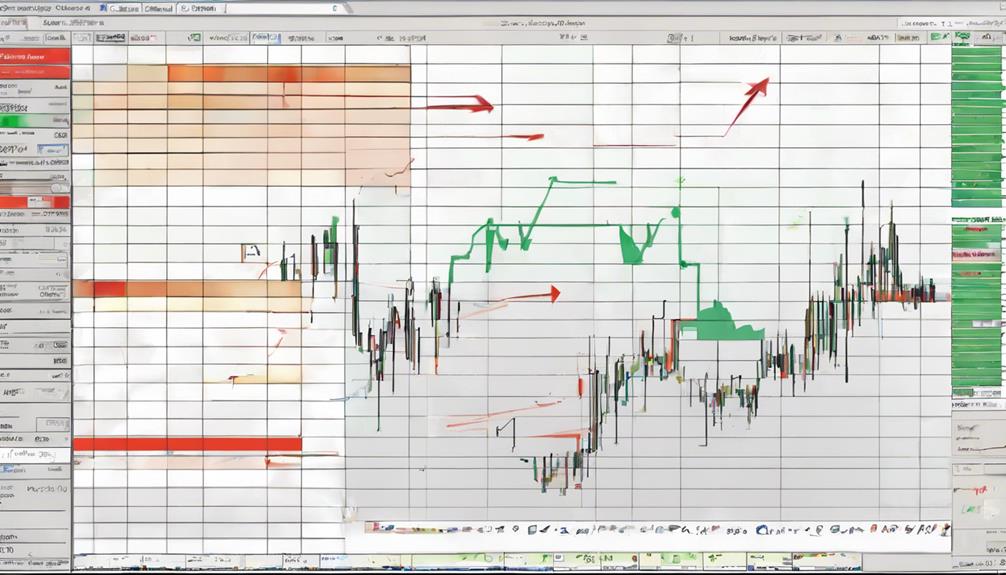
Transitioning from understanding the basics of the Zig Zag Indicator, the initial step in effectively utilizing this technical analysis tool involves configuring its key parameters to accurately interpret price signals. The ZigZag Indicator parameters play a crucial role in determining how the indicator identifies price trends and reversals. Here are some key factors to consider when setting up the ZigZag Indicator parameters:
- % Change: Users can adjust the % change parameter to specify the minimum price movement required for a new zigzag line.
- Retrace: The retrace parameter helps determine the retracement or absolute change needed for a reversal point.
- LastExtreme: Setting lastExtreme allows users to define whether the first or last observation should be considered in the calculation.
- Accuracy: Properly configuring these parameters is essential for accurate interpretation of ZigZag Indicator signals.
- Flexibility: Adjusting these parameters can provide flexibility in capturing different market conditions and price movements effectively.
Identifying High and Low Points
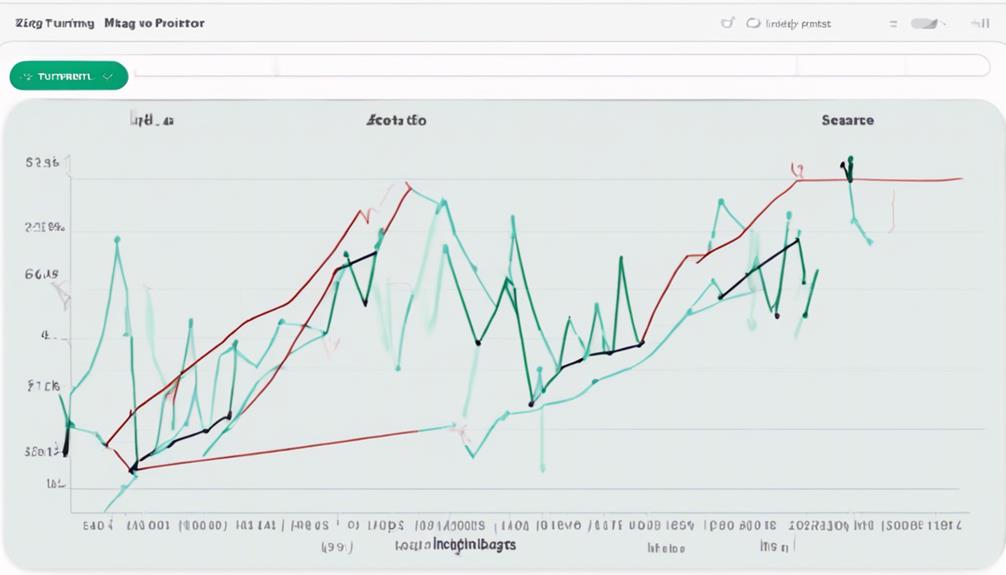
When analyzing price movements using the ZigZag Indicator, a critical aspect involves identifying high and low points in the market trends. These high points are referred to as swing highs, representing the peaks in price movements, while low points are known as swing lows, indicating the troughs.
Recognizing these swing highs and swing lows is essential for understanding the dynamics of price movements and anticipating potential trend shifts. The ZigZag Indicator visually connects these high and low points on a chart, offering traders a clear depiction of the price action over a specified period.
By pinpointing these significant levels, traders can gain insights into market momentum and possible trend reversals. Interpreting these high and low points with the ZigZag Indicator empowers traders to make well-informed decisions based on the prevailing market conditions and price trends.
Understanding the interplay between swing highs, swing lows, and price movements is fundamental for successful technical analysis and trading strategies.
Recognizing Trend Reversals
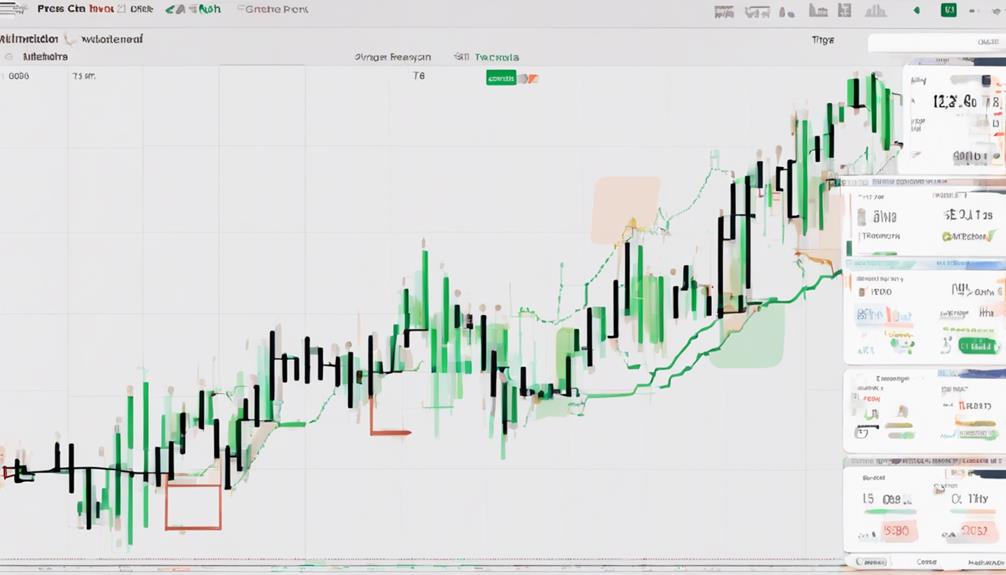
Recognizing trend reversals is a crucial aspect of utilizing the Zig Zag Indicator to anticipate shifts in market sentiment and make informed trading decisions. When using the Zig Zag Indicator for trend reversal recognition, traders should consider the following points:
- Zig Zag Indicator Signals: The Zig Zag Indicator provides signals that can help identify potential trend reversals in the market.
- Changing Direction of Zig Zag Lines: Pay attention to the Zig Zag lines changing direction, as this can indicate a potential reversal in the current trend.
- Market Sentiment Shifts: Trend reversals identified by the Zig Zag Indicator are significant as they can signal a shift in market sentiment.
- Informed Trading Decisions: Understanding the signals of the Zig Zag Indicator is essential for making informed trading decisions based on potential trend reversals.
- Combining Analysis Tools: Combining the Zig Zag Indicator with other technical analysis tools can enhance the recognition of trend reversals, providing a more comprehensive view of market dynamics.
Determining Entry and Exit Points
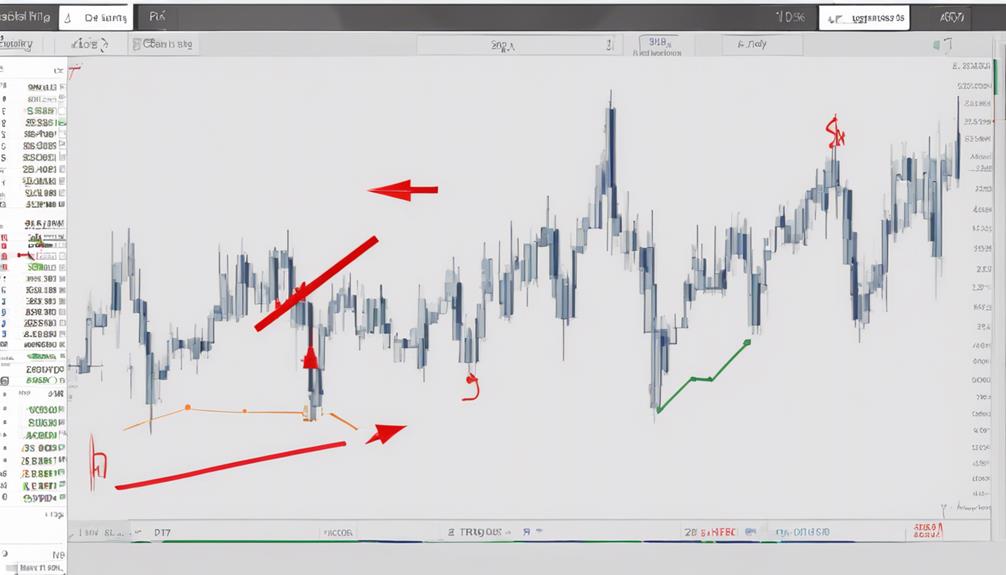
To effectively navigate the complexities of market dynamics, determining precise entry and exit points with the ZigZag Indicator requires a methodical approach and strategic analysis.
ZigZag indicators can be instrumental in identifying optimal entry points for initiating trades, especially when price reversals occur. When the ZigZag Indicator forms a new high or low, it serves as a signal for potential entry or exit points for traders.
By utilizing ZigZag Indicator signals in conjunction with other technical indicators, traders can confirm their entry and exit decisions, enhancing the accuracy of their trades. These signals not only help in pinpointing entry points but also assist in identifying trend reversals, enabling traders to capture potential profit opportunities.
It is crucial for traders to consider the broader market context and align ZigZag Indicator signals with their trading strategies to ensure effective entry and exit points are determined with precision and accuracy.
Analyzing Breakouts and Breakdowns
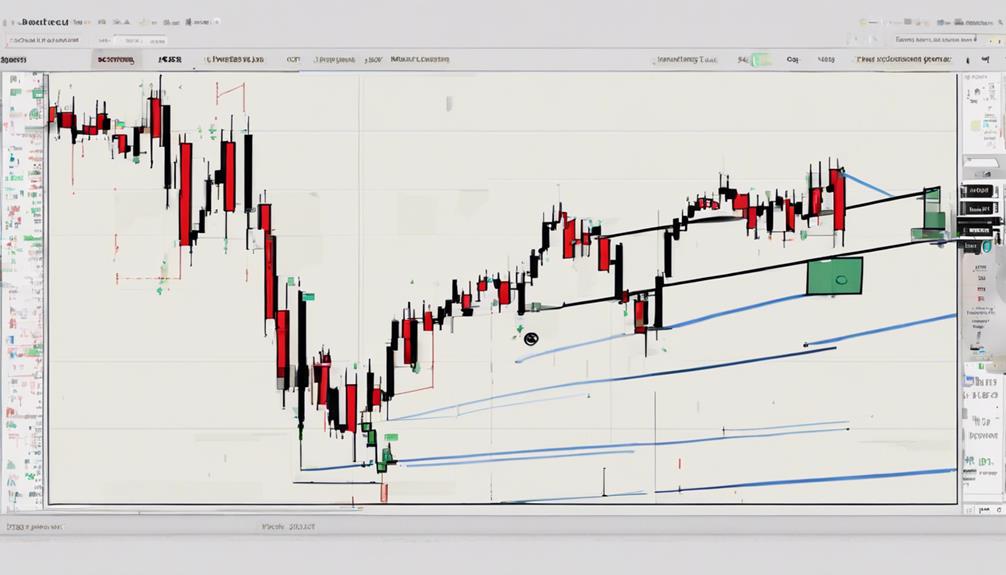
Breakouts and breakdowns play a pivotal role in market analysis, offering valuable insights into potential price movements. Analyzing breakouts and breakdowns with the ZigZag Indicator can provide crucial information for traders looking to identify trend reversals and make informed decisions regarding entry and exit points.
Here are key points to consider:
- Breakouts signify a potential upward price movement as the ZigZag Indicator surpasses a previous swing high.
- Breakdowns indicate a potential downward price movement as the ZigZag Indicator falls below a previous swing low.
- Utilizing breakouts and breakdowns with the ZigZag Indicator can confirm the strength of an existing trend or hint at a possible trend change.
- Monitoring breakouts and breakdowns in conjunction with other technical analysis tools can enhance trading strategies based on ZigZag Indicator signals.
- Recognizing the significance of breakouts and breakdowns is essential for traders aiming to capitalize on market trends and anticipate potential reversals effectively.
Applying Fibonacci Levels With Zig Zag
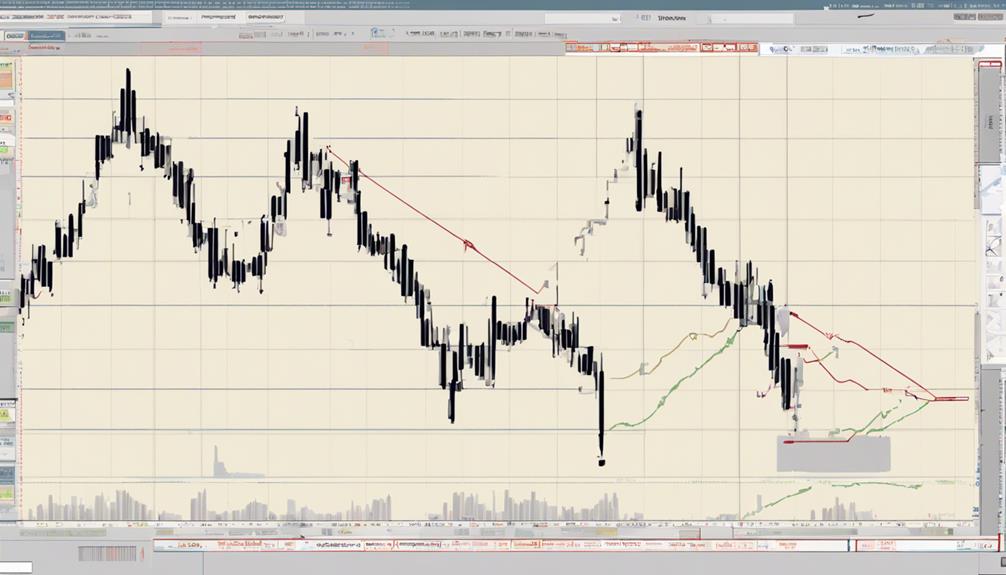
Applying Fibonacci levels in conjunction with the Zig Zag indicator enhances traders' ability to pinpoint potential retracement and extension levels in the market. By combining these tools, traders can identify key support and resistance areas more accurately.
The Fibonacci levels act as significant levels where price may reverse or consolidate, complementing the Zig Zag indicator's ability to highlight trend changes. When a Zig Zag pattern forms, traders can use Fibonacci retracement levels to anticipate potential reversal points, aiding in optimal entry and exit decisions.
Moreover, the application of Fibonacci ratios to Zig Zag patterns can help traders set price targets and manage risk more effectively. Understanding how Fibonacci levels align with Zig Zag signals provides traders with a comprehensive framework for analyzing market movements and developing robust trading strategies based on the confluence of these technical tools.
This strategic approach can enhance decision-making processes and improve overall trading performance.
Combining Zig Zag With Other Indicators
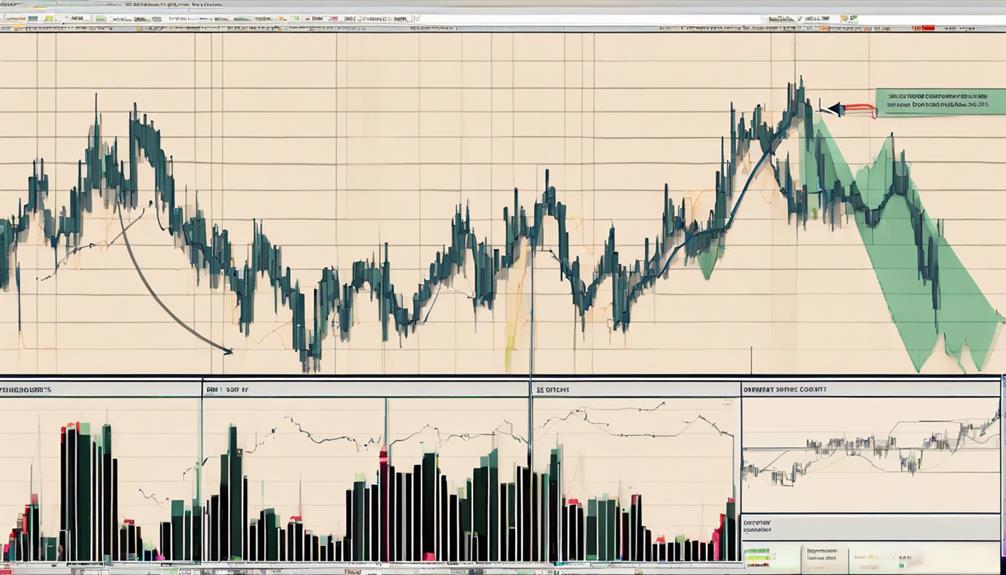
Enhancing the effectiveness of the Zig Zag indicator involves integrating it with complementary technical indicators such as moving averages and RSI to validate trade signals and optimize entry and exit points. By combining the Zig Zag indicator with other indicators, traders can create a more robust trading strategy.
- Moving Averages: Using moving averages in conjunction with the Zig Zag indicator can help confirm trend directions and filter out false signals.
- RSI (Relative Strength Index): Incorporating RSI with the Zig Zag indicator can provide additional confirmation for potential trade setups by analyzing overbought or oversold conditions.
- Volatility Indicators: Pairing the Zig Zag indicator with volatility indicators can enhance breakout trading strategies by confirming price movements before entering trades.
- Fibonacci Retracement Levels: Integrating Fibonacci retracement levels with the Zig Zag indicator can offer traders additional support and resistance levels to validate trade entries and exits.
- Comprehensive Trading Strategy: Combining multiple indicators with the Zig Zag indicator allows traders to develop a comprehensive trading strategy that considers various aspects of market analysis for better decision-making.
Implementing Scalping Strategies
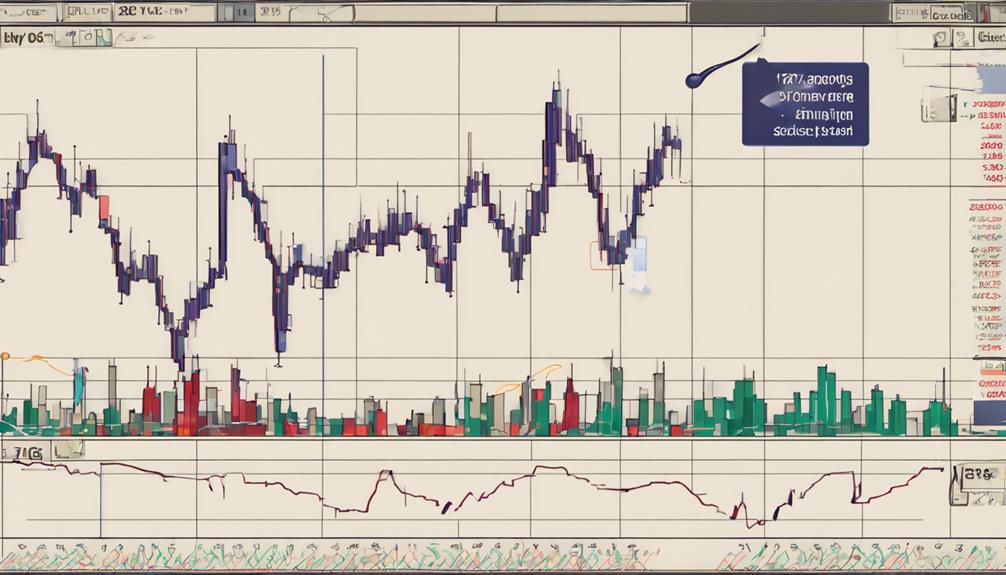
Scalping techniques with the ZigZag Indicator involve exploiting small price movements on short time frames like 1-minute or 5-minute charts.
Timing entry and exit points swiftly is crucial for scalping strategies to capitalize on rapid price changes.
Successful scalping requires disciplined risk management and the ability to execute trades quickly in volatile market conditions.
Scalping Techniques Overview
Utilizing intricate trading strategies tailored for capturing small price movements in fast-paced markets is essential for successful implementation of scalping techniques. Scalping involves quick trades to profit from market fluctuations.
To effectively implement scalping strategies, consider the following:
- Stay Focused: Monitor price movements closely to identify opportunities.
- Use Tight Stop-Loss Orders: Protect your capital from rapid market shifts.
- Trade High Liquidity Pairs: Ensure easy entry and exit from positions.
- Employ Quick Execution: Act swiftly to capitalize on short-term price changes.
- Manage Risk: Utilize proper risk management techniques to safeguard against potential losses.
Implementing these techniques can enhance your scalping approach and improve your chances of success in fast-moving markets.
Timing Entry and Exit
Implementing effective timing for entry and exit is crucial when executing scalping strategies, particularly utilizing the Zig Zag Indicator for identifying short-term price reversals. Scalping strategies aim to capitalize on small market movements, making quick decisions based on short-term signals provided by the Zig Zag Indicator.
When implementing scalping techniques with this indicator, traders need to act swiftly, setting tight stop-loss orders to protect profits and ensure quick exits when necessary. The Zig Zag Indicator is valuable in pinpointing entry points for short-term trades, but success in scalping also hinges on rapid decision-making and disciplined risk management.
Mastering Swing Trading Techniques
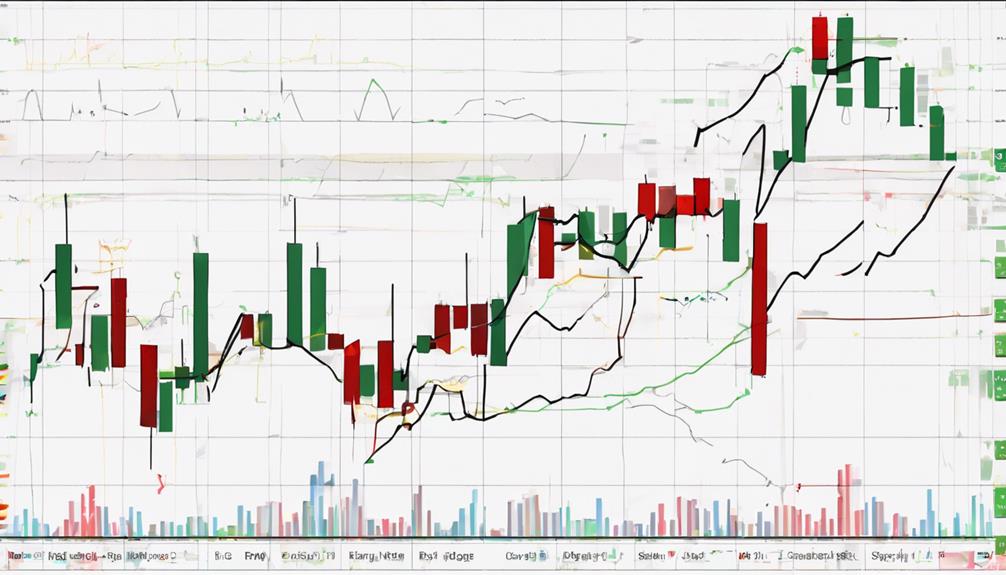
Mastering swing trading techniques involves a strategic approach to utilizing the Zig Zag Indicator for capturing short- to medium-term gains within market trends. When delving into swing trading with the Zig Zag Indicator, traders must consider various aspects to enhance their trading effectiveness:
- Identify Swing Trading Opportunities: Look for Zig Zag reversals that indicate potential trend changes, allowing traders to enter and exit positions at optimal points.
- Utilize the Zig Zag Indicator: Pinpoint entry and exit points accurately by leveraging the Zig Zag Indicator's ability to filter out market noise and focus on significant price movements.
- Combine with Other Indicators: Enhance the reliability of swing trading strategies by combining the Zig Zag Indicator with complementary technical indicators for confirmation signals.
- Practice Disciplined Risk Management: Implement strict risk management practices to protect capital and minimize losses when engaging in swing trading with the Zig Zag Indicator.
- Adhere to a Trading Plan: Develop and follow a well-defined trading plan that outlines entry and exit strategies, risk tolerance levels, and overall trading goals to maintain consistency and discipline in trading decisions.
Are the Steps for Interpreting Zig Zag Indicator Signals the Same in the Simplified Guide?
Yes, the steps for interpreting zig zag indicator signals are the same in the simplified zig zag indicator guide. This simplified version provides a clear and easy-to-follow approach for understanding and utilizing the indicator to identify trend reversals and potential entry and exit points in the market.
Frequently Asked Questions
What Is the Zigzag Line Strategy?
The zigzag line strategy is a method used by traders to identify potential trend reversals and entry/exit points in the market. It focuses on connecting swing highs and lows with a zigzag line to filter out market noise and capture price movements effectively.
How Do You Use Zigzag Strategy?
To effectively utilize the ZigZag strategy, traders must identify swing highs and lows to gauge trend reversals. By confirming entry and exit points through this strategy and integrating it with other technical indicators, traders can enhance their decision-making process in the market.
What Is the Best Value for the Zigzag Indicator?
The best value for the ZigZag indicator varies based on traders' objectives. Commonly, a threshold between 5% to 10% is favored, with 5% often chosen to capture substantial price changes. Adjustments above 10% may filter minor fluctuations, impacting sensitivity to price movements.
What Is the Zigzag Indicator Implementation?
The implementation of the ZigZag indicator involves tracking price reversals through a series of trend lines. By focusing on significant price changes, it effectively filters out market noise, aiding in the identification of key support and resistance levels for decision-making.
Conclusion
In conclusion, mastering the interpretation of Zig Zag Indicator signals is essential for effective trading strategies. By understanding its basics, setting parameters, identifying high and low points, and combining it with other indicators, traders can make informed decisions.
However, can traders truly navigate the market's twists and turns without the guidance of reliable tools like the Zig Zag Indicator?


